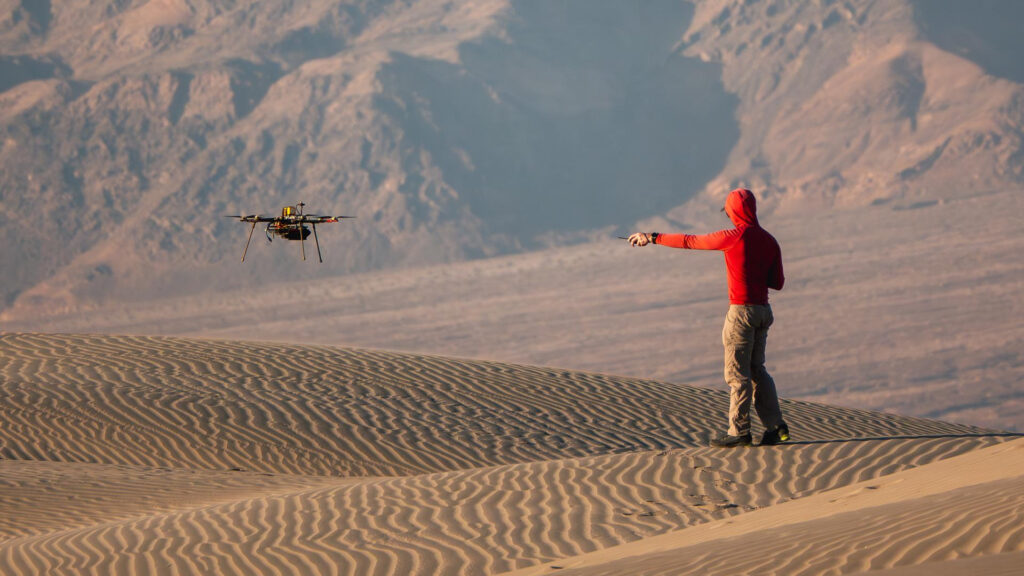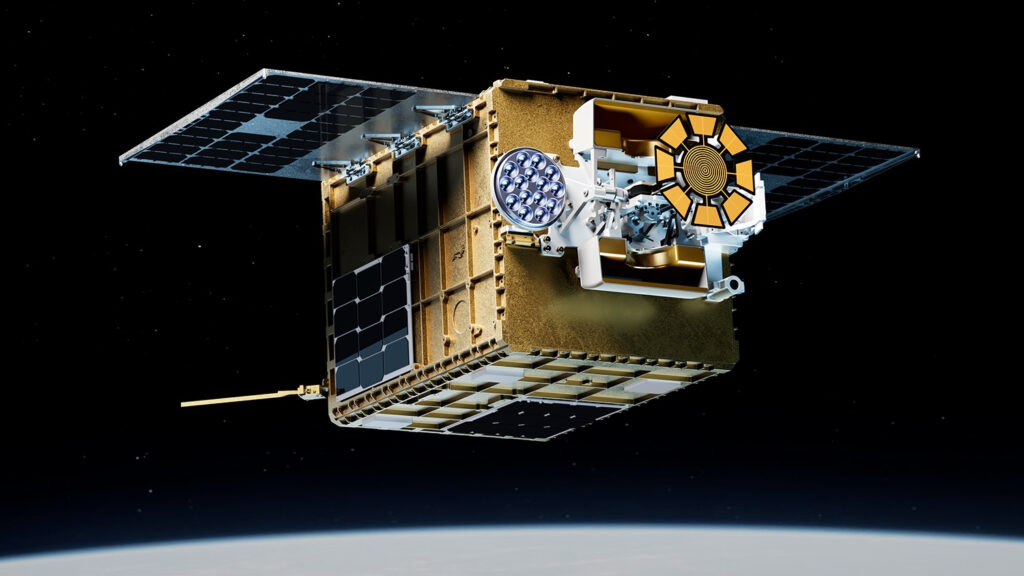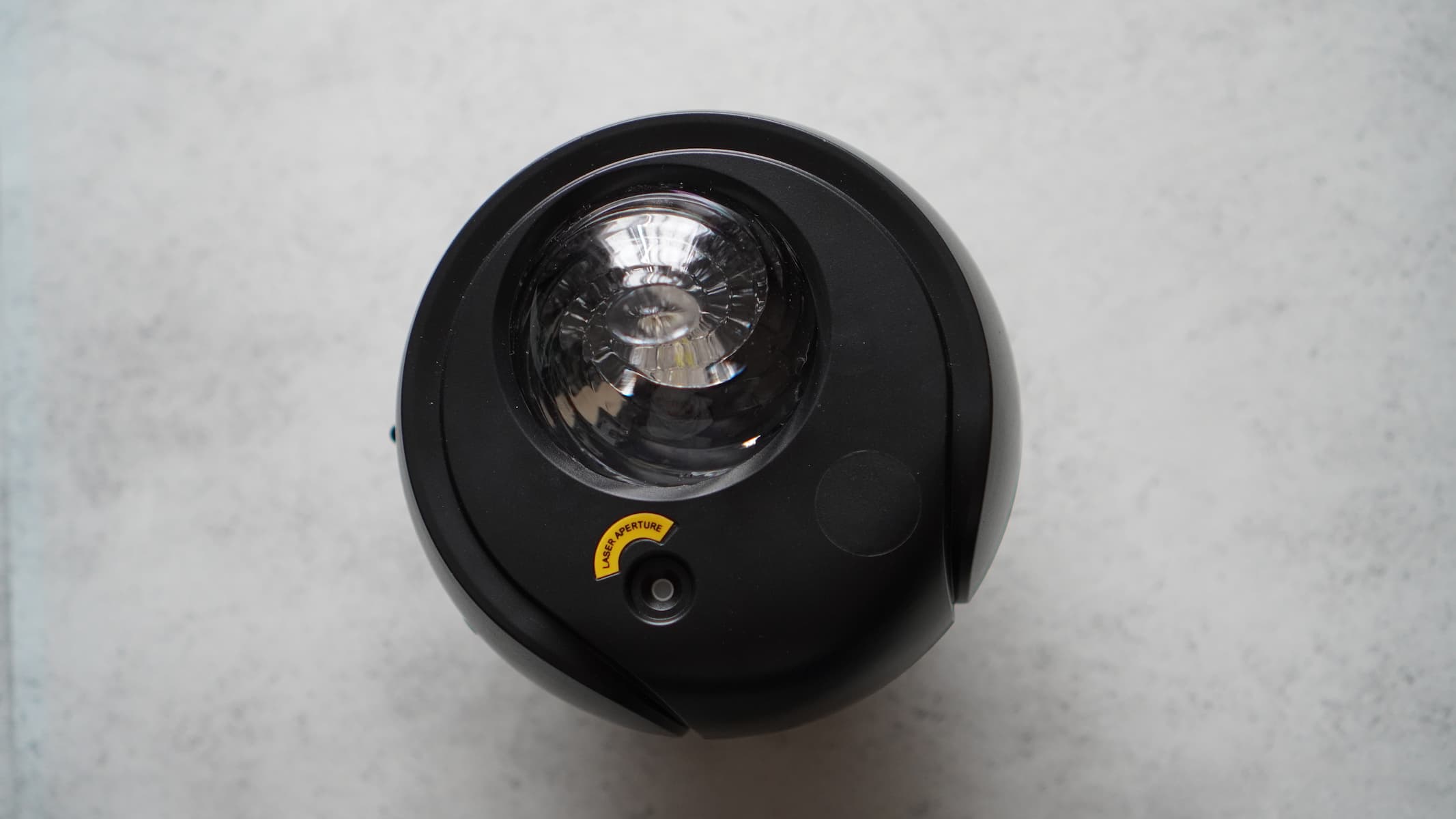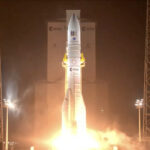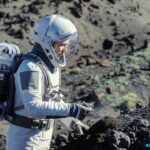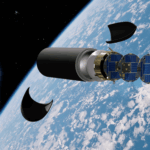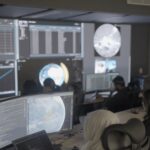Now Reading: Astrophotographer captures the heart of the Lagoon Nebula glowing below a cosmic Trifid (photo)
-
01
Astrophotographer captures the heart of the Lagoon Nebula glowing below a cosmic Trifid (photo)
Astrophotographer captures the heart of the Lagoon Nebula glowing below a cosmic Trifid (photo)
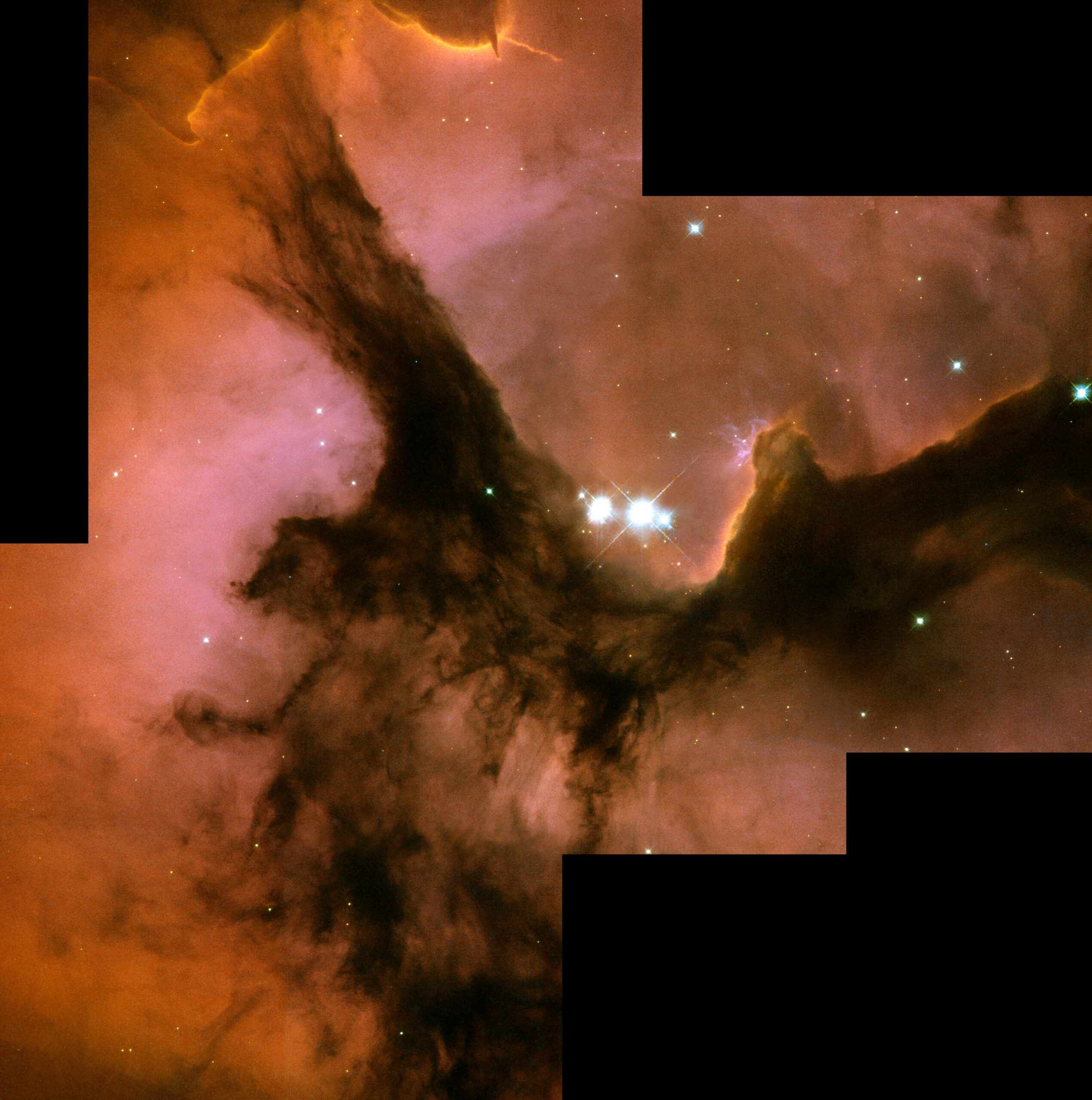
Astrophotographer Greg Meyer has captured a colorful view of the famous Trifid and Lagoon nebulas illuminated from within by radiation cast out by generations of energetic young stars.
Both star-forming regions orbit within the Milky Way over 4,000 light-years from Earth in the constellation Sagittarius. Their relative brightness and intriguing structures make them a popular target for astrophotographers and scientists alike, who have used powerful observatories such as the Hubble Space Telescope to capture spectacular imagery of the stellar nurseries.
The 100 light-year-long form of the Lagoon Nebula (Messier 8) can be found dominating the lower section of Meyer’s image, with the dense starfield near the Milky Way’s core serving as a backdrop for the deep-space vista. Clusters of bright, energetic stars can be seen sculpting knots of interstellar clouds towards the bottom of the image, as denser filaments of star-forming material cut dark profiles against the irradiated material beyond.
Viewers can spot the iconic form of the Trifid Nebula (Messier 20) lurking in the upper right of Meyer’s portrait. Colossal lanes of cosmic dust can be seen silhouetted against the glowing cloud of interstellar gas forming the bulk of the iconic nebula. A bright point of light can be seen nestled in the crook where two of the dust lanes intersect, revealing the presence of a population of newly formed, massive stars, which were imaged by the Hubble Space Telescope in 2004.
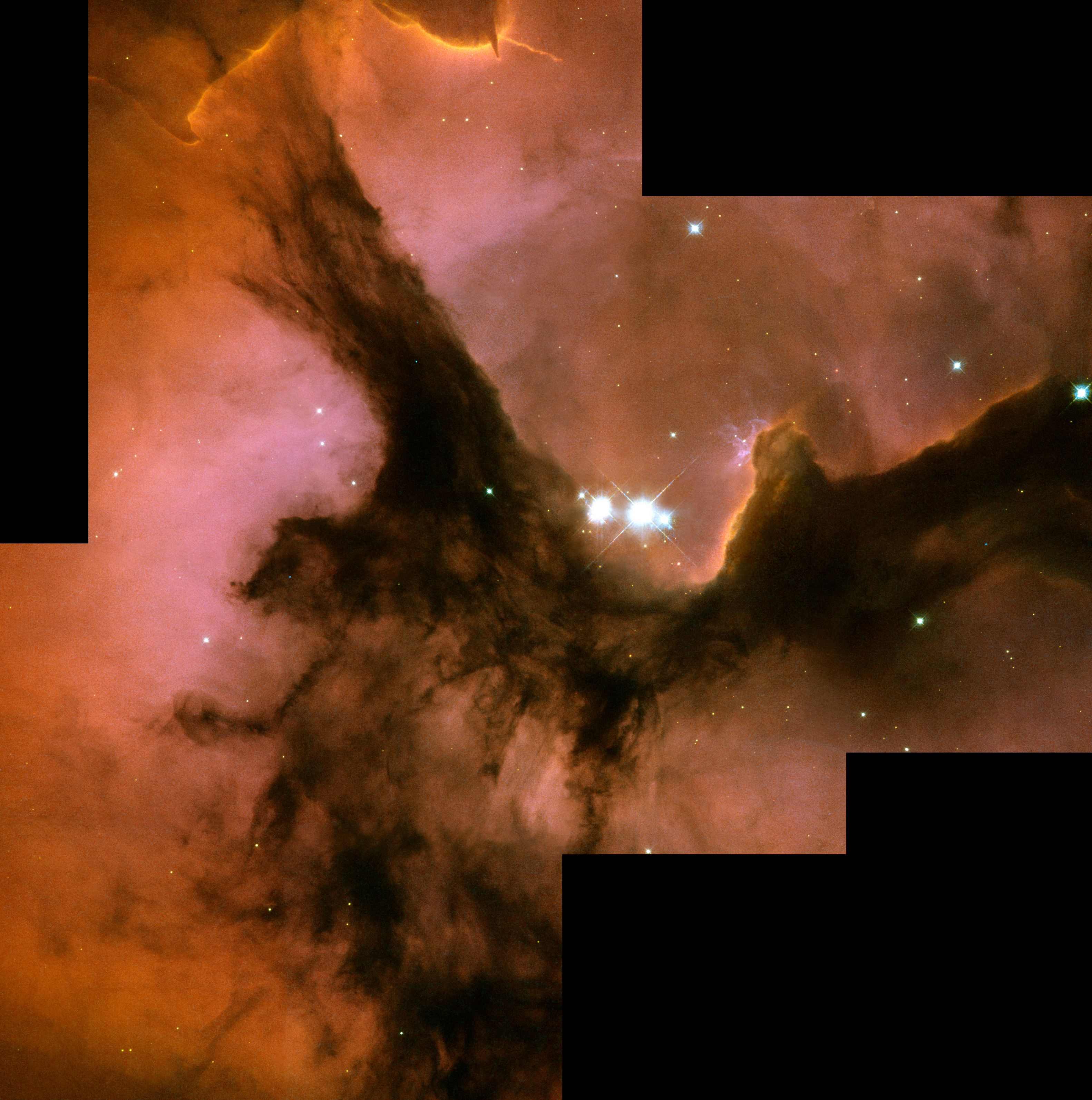
Meyer captured the ancient light cast out by the Lagoon and Trifid Nebula over 34 hours in May 2025, while observing under the near-pristine dark skies of Arizona, a little north of Ash Fork. Meyer used a Sky-Watcher Esprit 80mm telescope in conjunction with a Player One Poseidon M pro astronomy camera to collect the data — along with filters, a guide scope, and other peripherals — before editing it using Pixinsight and Adobe software.
Editor’s Note: If you would like to share your astrophotography with Space.com’s readers, then please send your photo(s), name, location and comments on your experiences capturing the shots to spacephotos@space.com.
Stay Informed With the Latest & Most Important News
Previous Post
Next Post
-
 012024 in Review: Highlights from NASA in Silicon Valley
012024 in Review: Highlights from NASA in Silicon Valley -
 02Panasonic Leica Summilux DG 15mm f/1.7 ASPH review
02Panasonic Leica Summilux DG 15mm f/1.7 ASPH review -
 03From Polymerization-Enabled Folding and Assembly to Chemical Evolution: Key Processes for Emergence of Functional Polymers in the Origin of Life
03From Polymerization-Enabled Folding and Assembly to Chemical Evolution: Key Processes for Emergence of Functional Polymers in the Origin of Life -
 04How New NASA, India Earth Satellite NISAR Will See Earth
04How New NASA, India Earth Satellite NISAR Will See Earth -
 05And Thus Begins A New Year For Life On Earth
05And Thus Begins A New Year For Life On Earth -
 06Astronomy Activation Ambassadors: A New Era
06Astronomy Activation Ambassadors: A New Era -
07SpaceX launch surge helps set new global launch record in 2024












